20 years ago, Razorworks and Empire Interactive released a game called Total Immersion Racing (TIR). I was five years old at the time with a growing passion for racing cars and motorsport, so as I’m sure you can imagine talking about this game brings back a lot of good memories.
Nostalgia has such a big impact on your perspective of video games, but although that may influence how I feel about the TIR experience, it’s not the overall game itself that I want to talk about.
This title has a fairly modest car list, with the focus on GTs and Prototypes giving it an endurance series flavour. At the time they were simply a collection of modern racing cars, but as the years have gone by, some of them have secured legendary status.
Others have simply been forgotten about, and with the benefit of hindsight, we now know that this car list contained a handful of absolute gems that many people will have forgotten ever existed. My job today is to tell you about these cars, sharing their stories and what it was that made them special, so that they won’t simply be consigned to the history books.

Total Immersion racing contained three separate car classes. GT, GTS and Pro. The career mode sees you sign a contract with a GT team, take part in multiclass races to work your way through the ranks where you eventually move to a GTS team before finally signing a Pro contract. There was also a challenges mode, where you move your way through a host of different series to unlock your favourite cars.
GT CLASS
Audi TT DTM
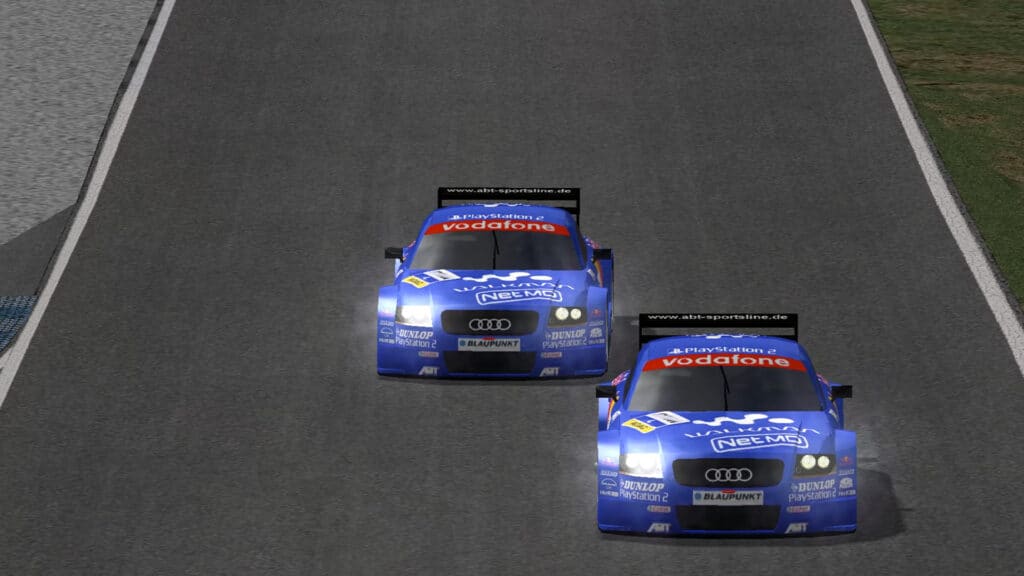
The first car you will come across in every game mode is the 2002 Ekstrom and Wendlinger ABT Audi TT DTM car, renowned by racing fans. It’s a similar story with the BMW M3 GTR, the car that seems to be the pick of the bunch in the GT class.
This machine was driven in 2001 by Jörg Müller and JJ Lehto in the GT class of the European Le Mans Series, with the car also competitive in the American Le Mans Series (ALMS). The other 2 cars in TIR’s GT class are a little more obscure.
Noble M12 GTO-3R
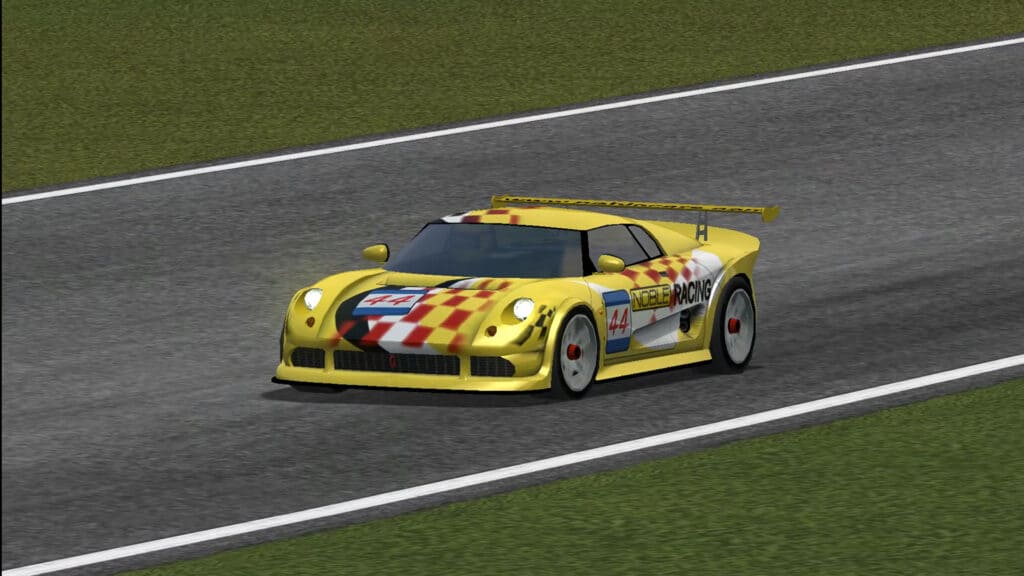
Launched in 2000, this was one of my favourite cars as a kid. I used to watch one competing in the Scottish Sprint Championship and it became a dream of mine to own one… One day. Weirdly, the car appears in this 2002 game, despite having (as far as I can work out) no racing heritage at the time.
I do wonder if It was a fictional interpretation of what a racing M12 would be like, or maybe one was already in production and we just didn’t know? An M12 would appear in the GT-Cup class of the British GT Championship in 2004 with Rollcentre Racing.
This car was derived from the performance version of the M12, called the GTO-3R, which had a 3L twin-turbo Ford engine. They did alright, picking up pole positions and several class podiums along the way, but the car wouldn’t return to the grid in 2005. A shame, because I think it’s one of the coolest sports cars Britain has produced this century.
Quaife R4 GTS
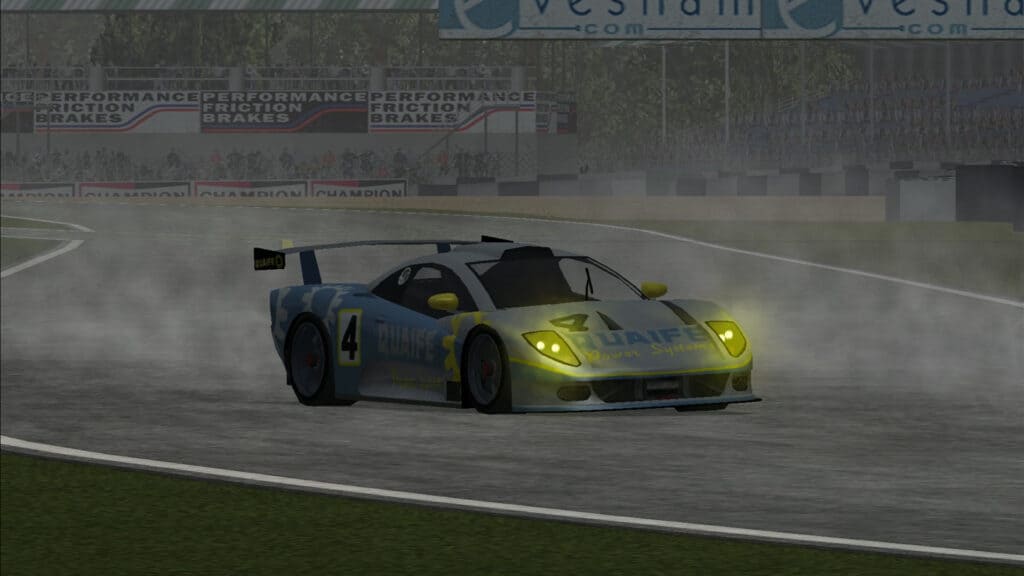
The final car in the GT class is a bit older, and probably less recognisable than the Noble. This is the Quaife R4 GTS. And yes, this is the same Quaife that is known for developing drivetrain products, such as gearboxes and differentials. They are less well known for their homemade GT1 spec racing car.
Designed and built by Mike Quaife himself, this car competed in the top class of the British GT Championship in 1998 and 1999. It had a 6L V8 Ford engine, but rather more interestingly, it was four-wheel drive.
The whole idea of this project was to showcase its own technology and drivetrain development. However, the car was fairly unreliable (and not super competitive), managing a best finish of 7th place on debut at Silverstone.
It is very interesting though… And to be fair to Quaife, the competition at the time in GT1 was fierce. This rare gem would return to the British GT fold in 2001 under new regulations, but that would be that. Another interesting and eclectic British racing car that has been kept alive through Total Immersion Racing.
GTS Class
McLaren F1 GTR
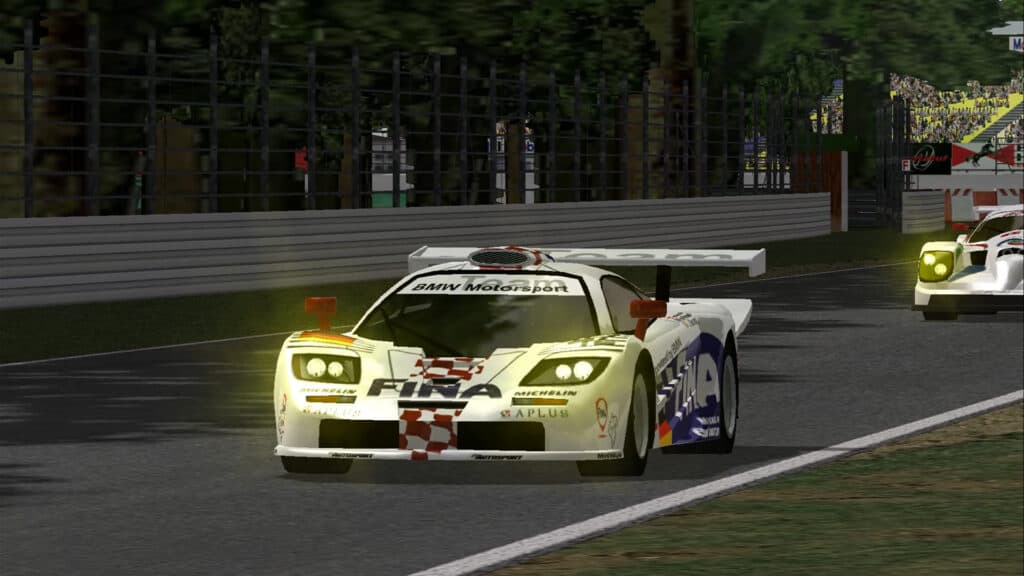
Within GTS, we find five cars. One is already considered a sportscar legend, the McLaren F1 GTR. This is the longtail version that arrived in 1997, with the same V12 BMW engine as its predecessor. Then, we have a couple of slightly rarer cars, which many of you will still know about.
Panoz Esperante GTR-1
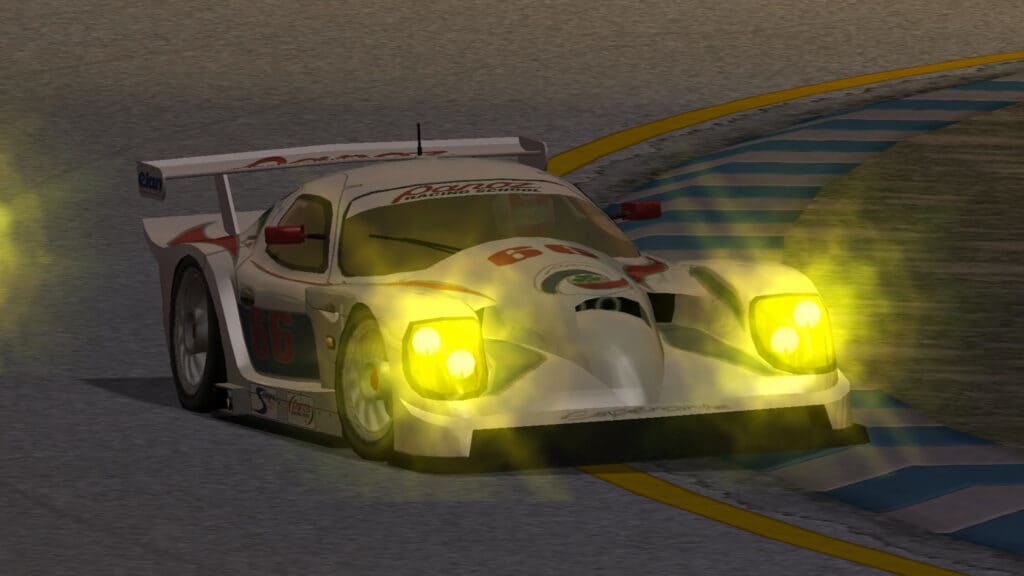
The Panoz Esperante GTR-1 was another GT1 spec classic from the late nineties. Famous for having its engine in the front and looking like the batmobile, this American monster was again powered by a 6L V8 Ford engine. The sound was thunderous, but I would argue, not quite as epic as the next car.
Lister Storm
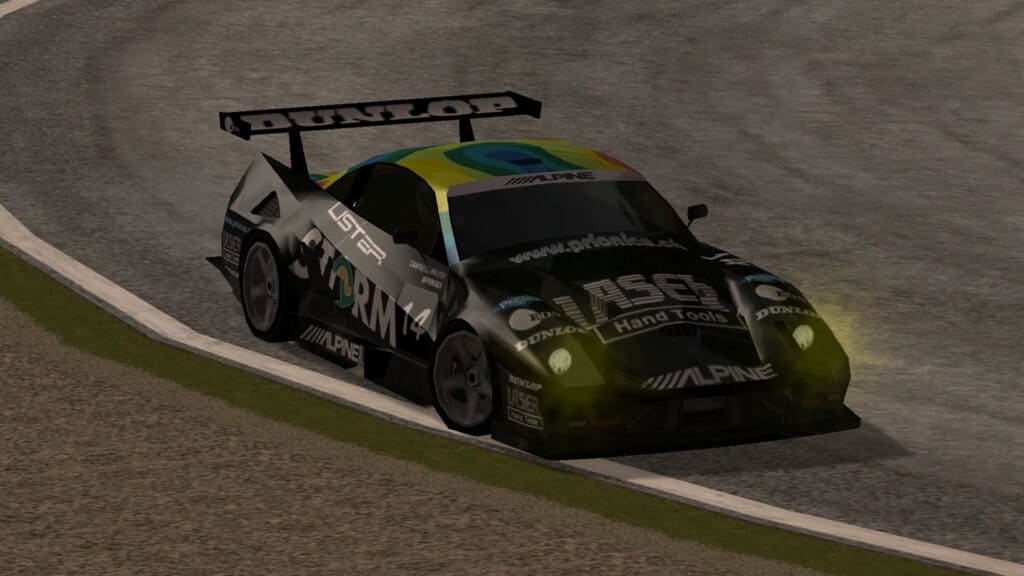
The British-built Lister Storm had a V12 Jaguar engine derived from their Group C efforts a decade earlier. The car in this game appears to be the GT model, which competed in the GT2 class of the FIA GT Championship in the early 2000s. These two cars had less global success than the McLaren, but are undoubtedly fan favourites.
The next car, however, is my personal favourite and I reckon with a bit more budget and time, could have been one of the greatest GT1-ish cars ever built. Unless you specifically watched British GT Racing in 1999, you have probably never heard of it.
Sintura S99
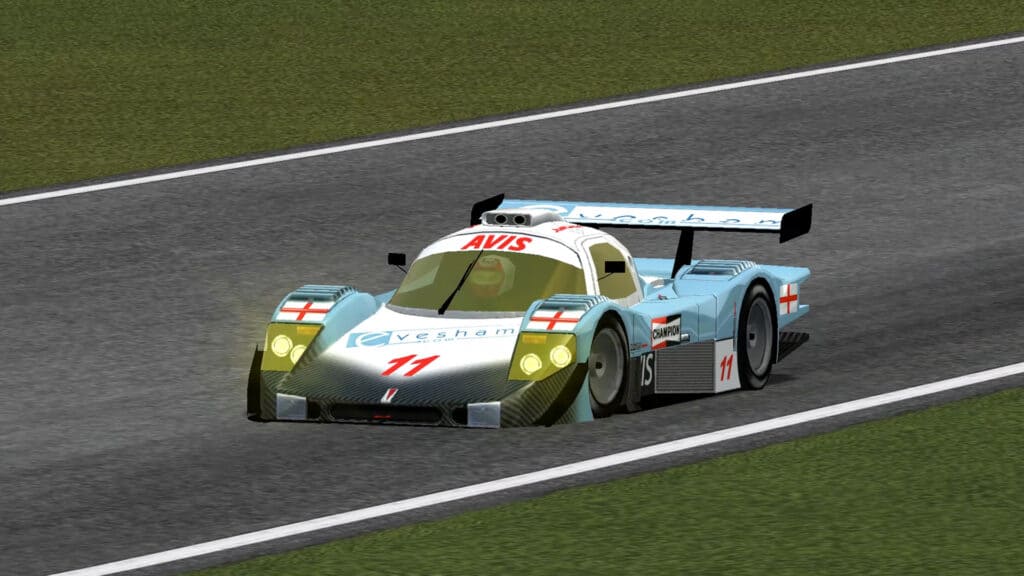
For me, the Sintura S99 is one of the top 5 best-looking sportscars ever made. Powered by a V10 Judd engine and built by a small team in Evesham headed by Richard Austin, the Sintura turned up at Brands Hatch for round 4 of the 1999 British GT Championship with limited testing and inevitable small team budget syndrome.
The thing is though, this car was rapid. It almost looks like a Group C Mazda 787b and a Porsche 911 GT1 had a baby together…. And maybe then this baby grew into a Maserati MC12 in future?
Some teams at the time weren’t super happy about this car, as it appeared to be as much of a dedicated prototype as it was a GT, hence the ‘GT1-ish’ comment earlier. Has anyone heard of the Toyota GT One or the Mercedes CLK GTR by the way? They were GT1 cars…
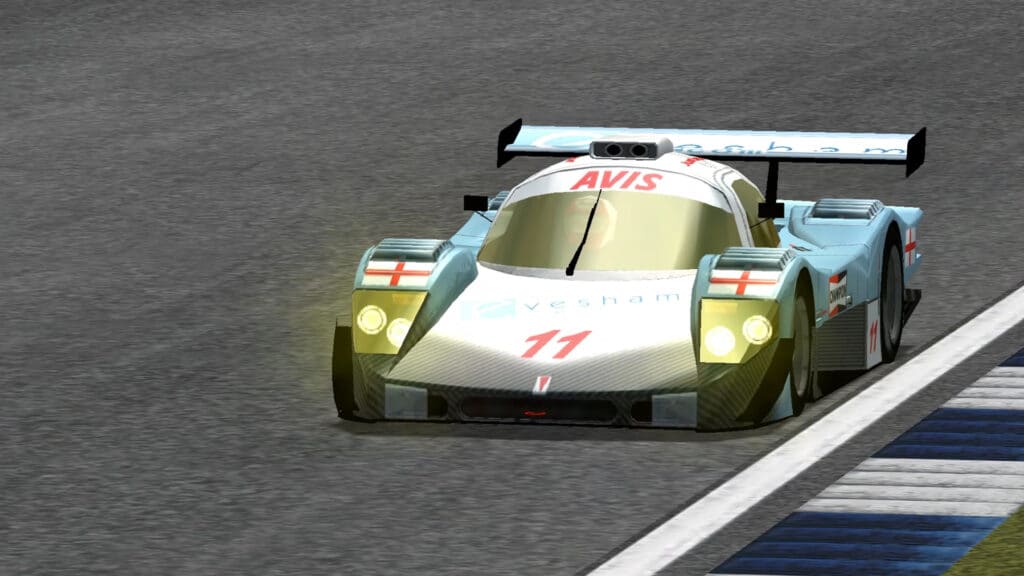
Nevertheless, this independent effort piloted by Richard Dean and Kurt Luby picked up 4 podiums from its 5 finishes, including a win at Silverstone. They even took the car to America for the penultimate round of the 1999 ALMS season at Laguna Seca.
The car was as fast and as gorgeous as ever, but the heat prevented them from running at full chat. A failed attempt at a 2000 Le Mans entry followed, and with a lack of budget and GT1 regulations now very much in the past, the car quickly became a memory.
This car and its design had the potential to be a world beater, but the restraints of a one-car, part-time team meant that this was never realistically achievable. Considering the circumstance, I have to say the Sintura is very special indeed, and when I rediscovered it watching back coverage of late nineties British GT and ALMS, I quickly fell in love with it.
Vemac RD320R
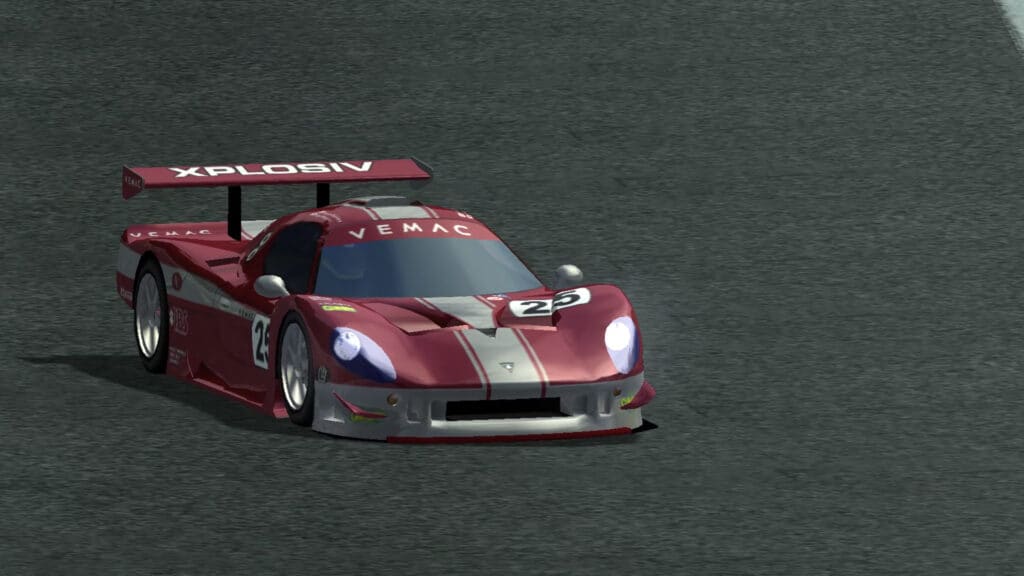
There is one more car in the GTS class, and if you followed Japanese GT Racing throughout the noughties then you will know about this one. But, if you didn’t, like me, then you probably won’t as it never raced anywhere else.
The Vemac RD320R was powered by a 3.2L V6 engine from the Honda NSX and competed in the GT300 class of the Japanese GT Championship between 2002 and 2012. The car (run by R&D Sport) took the series by storm, winning Round 2 on its racing debut. Two more wins followed that season and the team arrived at Suzuka for the finale as the championship leaders. Sadly it wasn’t to be, and they had to settle for a runners-up spot.
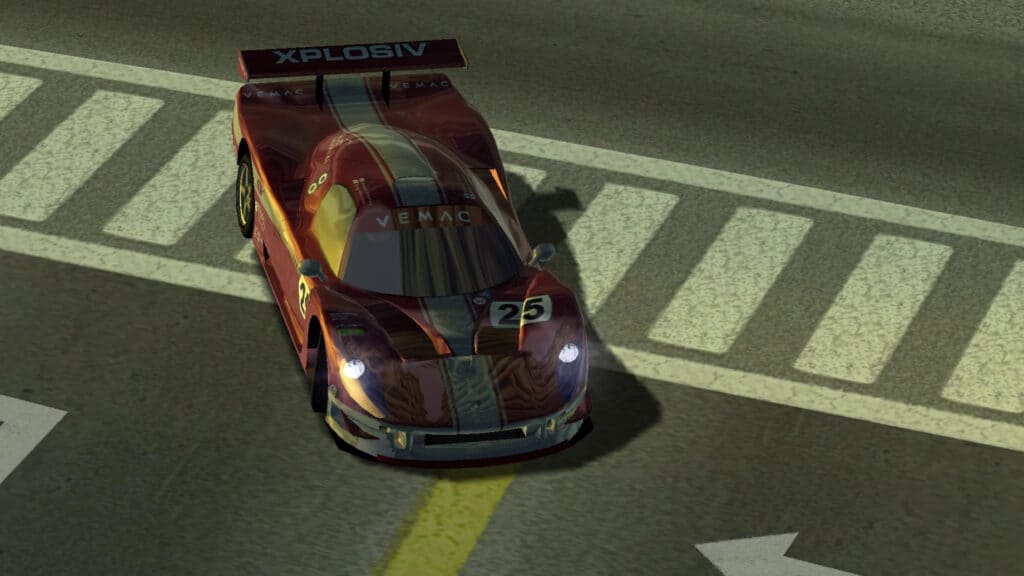
An unsuccessful move to the top GT500 class followed before a handful of Vemac’s re-joined GT300 when the series rebranded as Super GT in 2005. Multiple teams entered a variety of cars over the years, but the car never again reached the heights of that first season.
2012 would be the last year in the sport for this small Japanese sportscar manufacturer, as regulation changes forced the smaller brands out to make way for more established names. The inclusion within TIR captured the car in its early stages of development, so this was the Vemac at its peak.
Pro Class
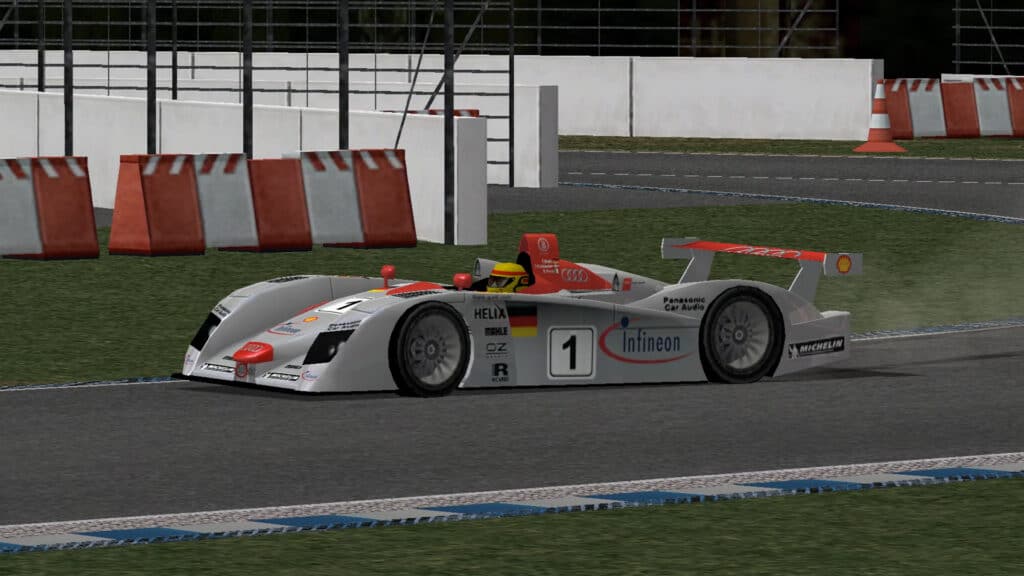
Pro is the top class within Total Immersion Racing, and features what we know as Le Mans Prototypes…. Mostly.
The game includes the top three cars of this period in terms of success. First of all, you have the BMW LMR, which used the same V12 engine as the McLaren F1 to win at Le Mans in 1999.
The winning car from the following three years is also included, the legendary Audi R8. And thirdly, we have the car that would win the race a year after this game was released, the Bentley Speed 8. None of these cars need an introduction, you all know the stories, but what about the rest?
Panoz LMP1 Roadster-S
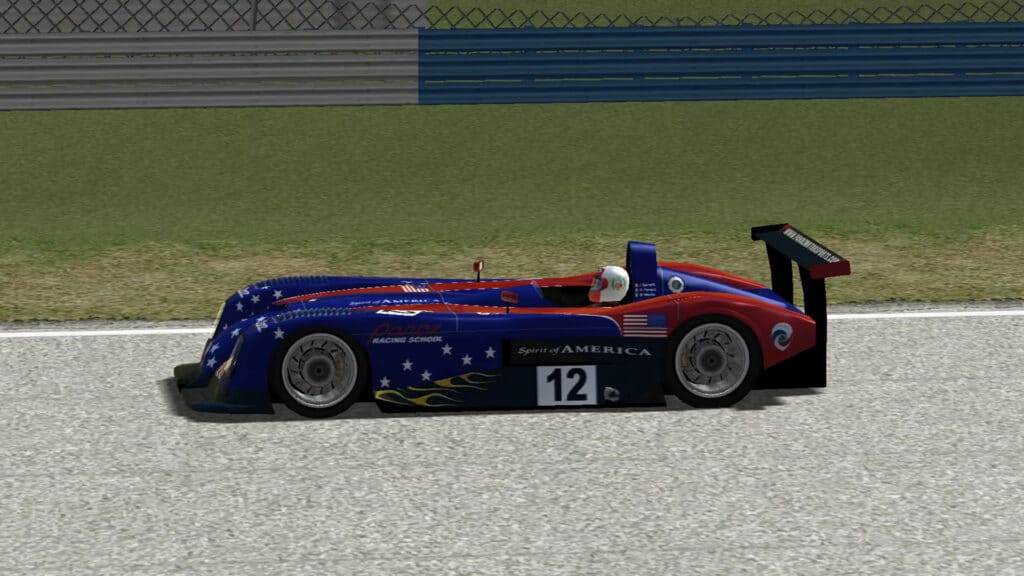
Panoz continued to play a major role in global endurance racing, as they launched their LMP1 Roadster-S just before the turn of the century. They used a similar design philosophy as they had for their GT1 Esperante… Putting the lump of an engine in the front.
And it worked! With regular drivers David Brabham and Jan Magnussen, the car would have a lot of success over in the States, winning 8 ALMS races over the next 3 years and (to a degree) taking the fight to BMW and then Audi. The iconic stars and stripes livery used in the game was the livery Panoz used throughout the 2002 season.
Dome S101
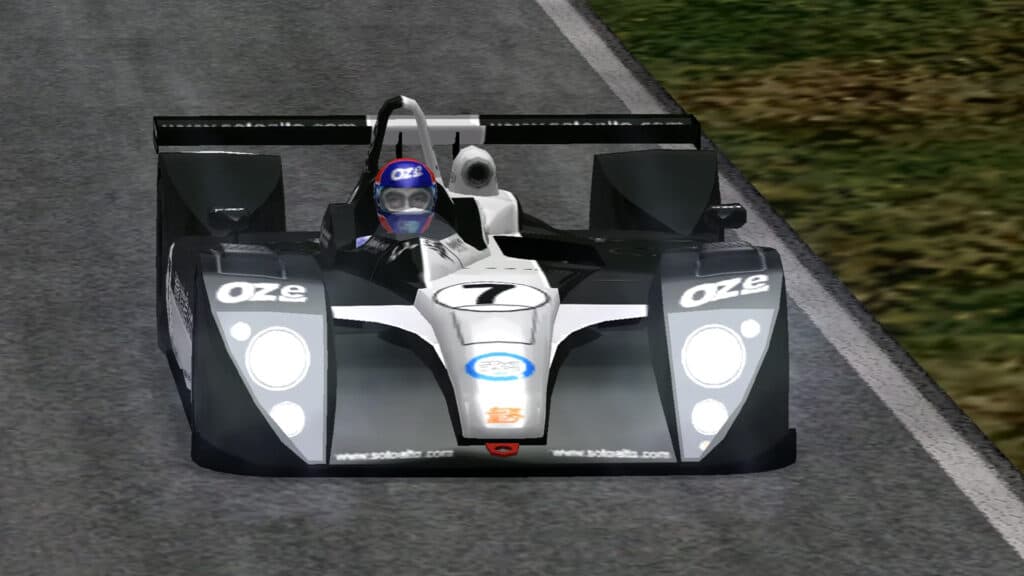
Another fairly successful but perhaps slightly less iconic machine is the Dome S101. Powered by a 4L V10 Judd engine similar to that in the Sintura, this car was one of the few that, on its day, could just about take the fight to Audi in terms of one-lap pace. It qualified 4th for the 2001 edition of the Le Mans 24 hours in the hands of Racing For Holland, being the only car to beat any of those dominant R8s.
Outside of Le Mans, however, the team did gain a lot of success. Dome S101s would finish 2nd and 3rd in the 2001 FIA Sportscar Championship, with the Racing For Holland team going on to win the title in both 2002 and 2003, headed by star driver Jan Lammers. This has to be one of the best LMP900 cars outside of the more widely recognised major manufacturers.
Pilbeam MP84
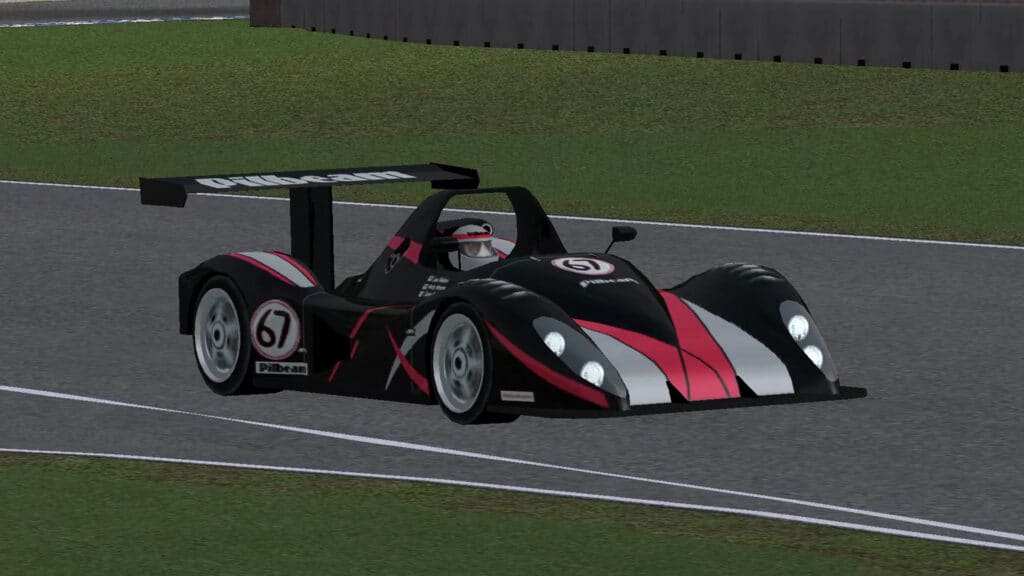
Next up is the first of the secret cars within the game. The Pilbeam MP84 was created in 1998 as a chassis suitable for LMP675 endurance racing, which would become the LMP2 class. Pilbeam is another small-scale British race car manufacturer, set up in the 70s by engineer and designer Mike Pilbeam.
I’d say they are mostly known for their hillclimb and sprint-focused single-seaters, but over the years the company has produced a lot of interesting sports cars too.
The MP84 was used by multiple teams in the SportsRacing World Cup series in 1999 and 2000. The TIR livery comes from the Project2000 squad which entered the Donington round, before a failed attempt to take on the fabled Race of 1000 years at Adelaide.
The car often ran with a V6 Nissan engine, and one MP84 did compete at Le Mans in 2001 with Rowan Racing. I say compete… They qualified last in class and crashed out in the infamous rain-induced pile-up on lap 3.
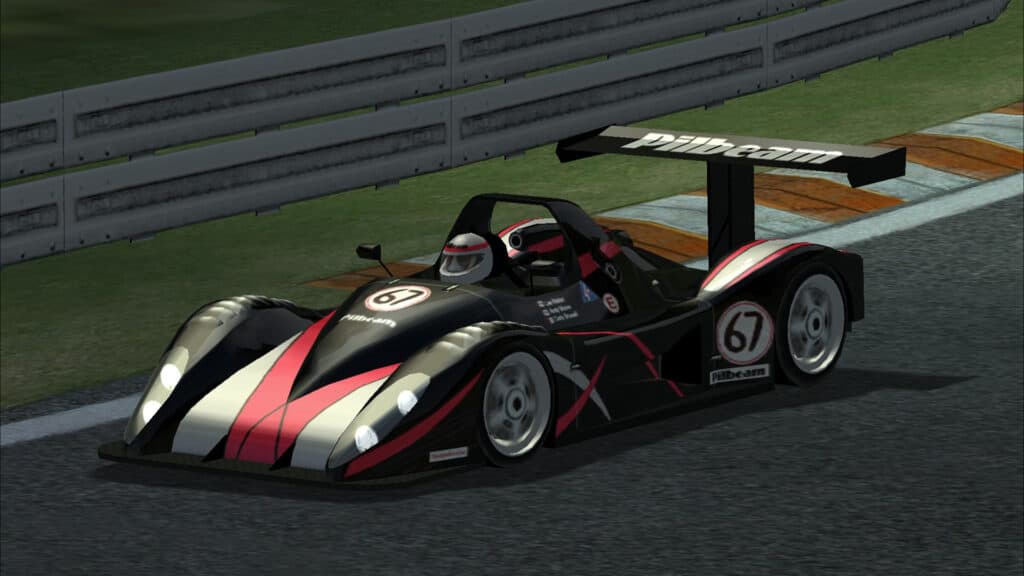
The same team and car would go on to win a round of the American and European Le Mans Series at Donington, although their only competitor on this occasion didn’t make it to the finish. Many other teams struggled to pick up any results with this car throughout the ALMS season, but back in Europe, the car did at least win three races in the FIA Sportscar Championship, and this time there was a decent field and genuine competition.
In 2002, the year of this game’s release, four MP84s planned to tackle the Daytona 24-hour, but none of them would start the race and Bucknam Racing’s outing at the 12 hours of Sebring was the last for this particular car at the top level.
A car that gained some success against other smaller manufacturers and teams, but was out of its depth against the big guns. Not in this game though… Its stats are better than the LMP900 Le Mans winning cars, so clearly the developers wanted the hidden cars to feel special when you finally discovered them.
Lister Storm LMP
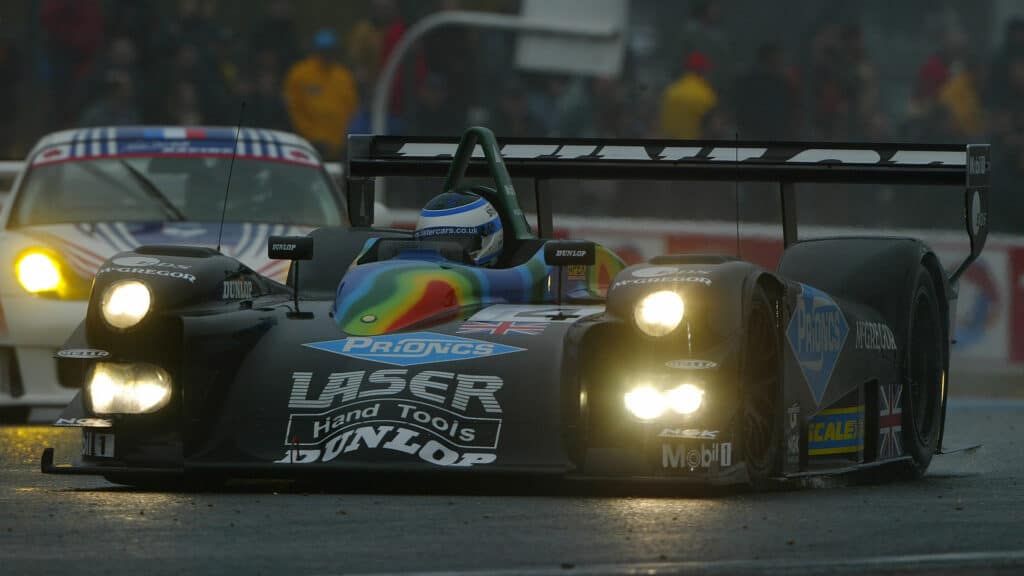
The final car I want to talk about is the fastest prototype in the game. Weirdly, not the fastest car in the game because there is also a secret Champ car you can unlock. Think of this one as a bonus easter egg car for getting to the end of the game, it’s a bit weird and out of place compared to everything else but interesting nonetheless. So back to the final prototype…
Some of you may not be aware that Lister Storm didn’t just make GT cars. This Lister Storm LMP made its first real-life appearance in 2003, Its chassis was designed by Andy Thorby, the man also responsible for the design of Panoz’s unsuccessful replacement for the aforementioned LMP1 Roadster-S. The Lister was eye-catching, to say the least, with a near 530bhp 6L V8 Corvette engine. This is cool but could you imagine how awesome the V12 Jaguar would have been in this?
It made its racing debut at the Sebring 12-hour race, and then entered Le Mans. Sadly, Jamie Campbell-Walter crashed the car during the Thursday qualifying session, and it would be the only car not to take the race start. Its fastest qualifying lap before the crash however would have been enough for a top-15 starting spot.
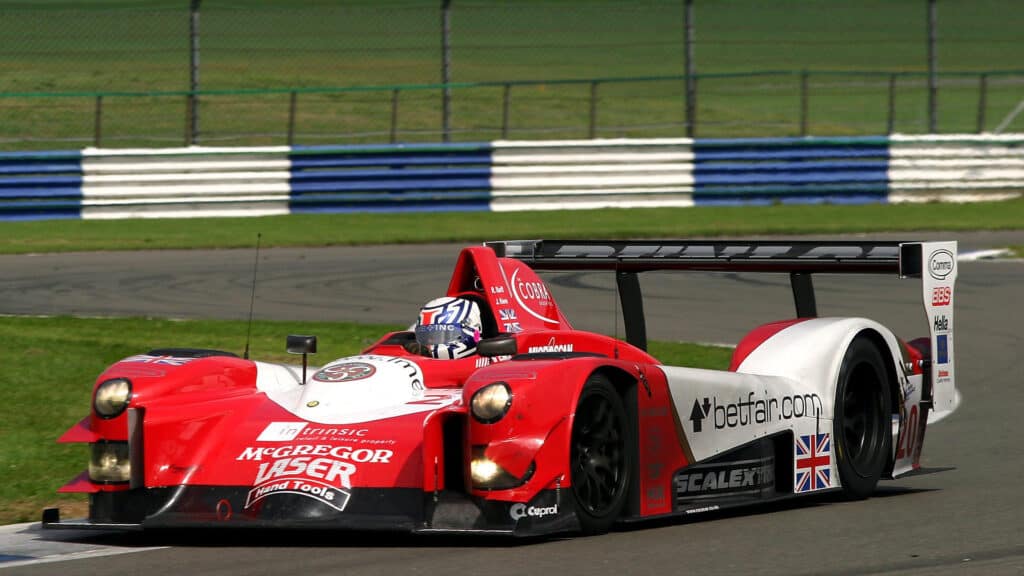
The car would show its hand later in the year, again at Le Sarthe but this time on the Bugatti circuit for the one-off Le Mans 1000km. It qualified P3, only 1.3 seconds off the pace of the leading Tom Kristensen Audi R8. The car returned for the 24 Hour the next year, finishing 24th, and would spend three seasons competing in the Le Mans Endurance Series, without much success.
Lister’s only outright win would come in the 6 Hours of Vallelunga Gold Cup race in 2004, albeit as the sole LMP900 entry. After failing to finish the 2006 24 Hours of Le Mans, its following outing at Donington would be its final encore.
A gorgeous piece of engineering and flashes of speed were present, but this car would never garner the cult following or success of its GT counter-part. For that reason, I have a bit of a soft spot for it… I genuinely think that Thorby’s angular design looks sensational, up there with the prettiest of the era.
Unintended Parallels

You can draw some comparisons between the Lister LMP and Total Immersion Racing as a game. Yes, there were glimpses of potential, and those that did engage with it remember it fondly. But at the same time, the overall package just wasn’t at the level it needed to be to take on the world beaters. Still, that doesn’t stop me from wanting to write about it. Besides, it’s been a pleasure reliving a little slice of my childhood.
Which of these underdogs and castaways is your own personal favourite? Let us know in the comments below.
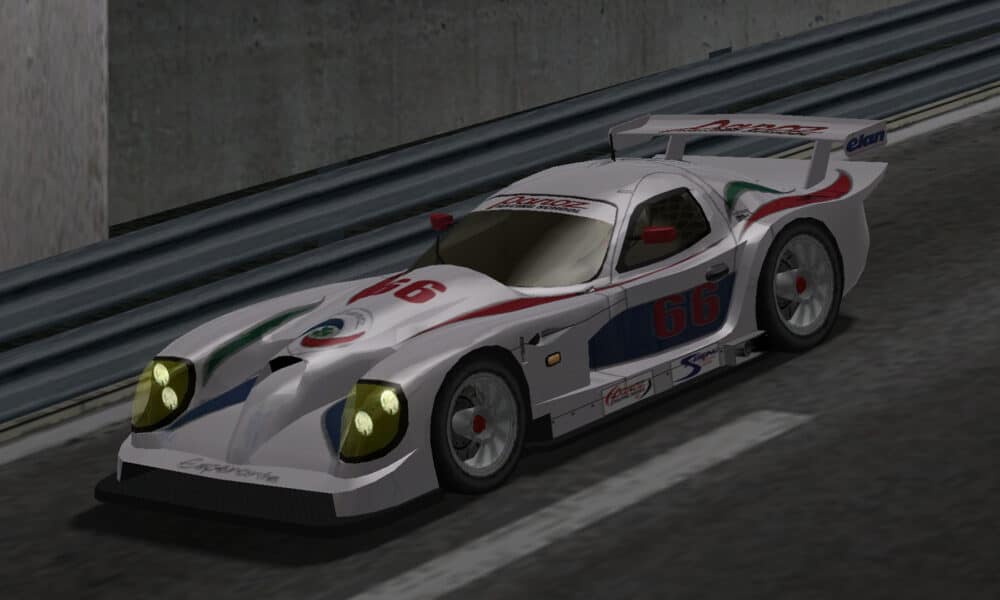
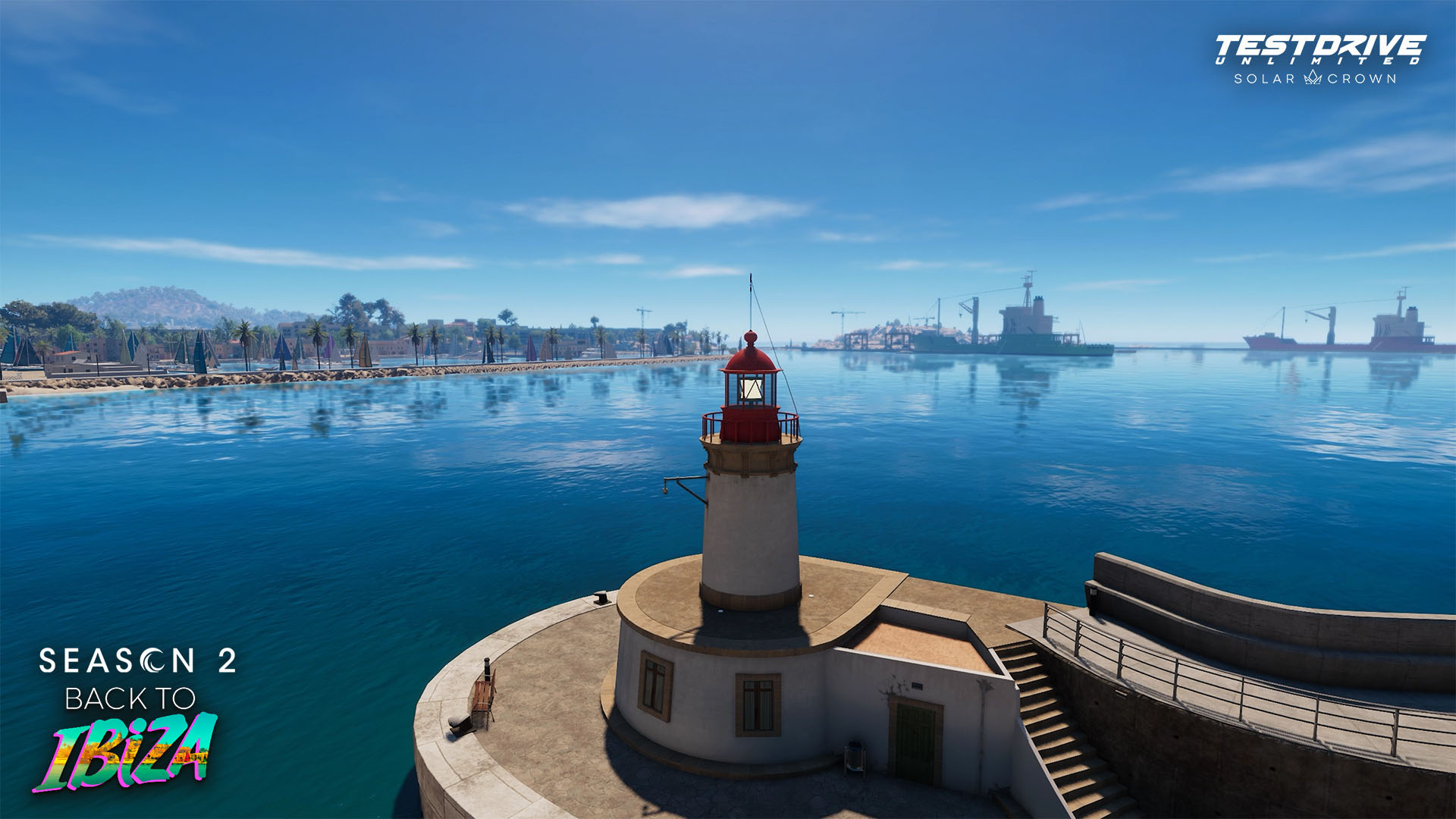
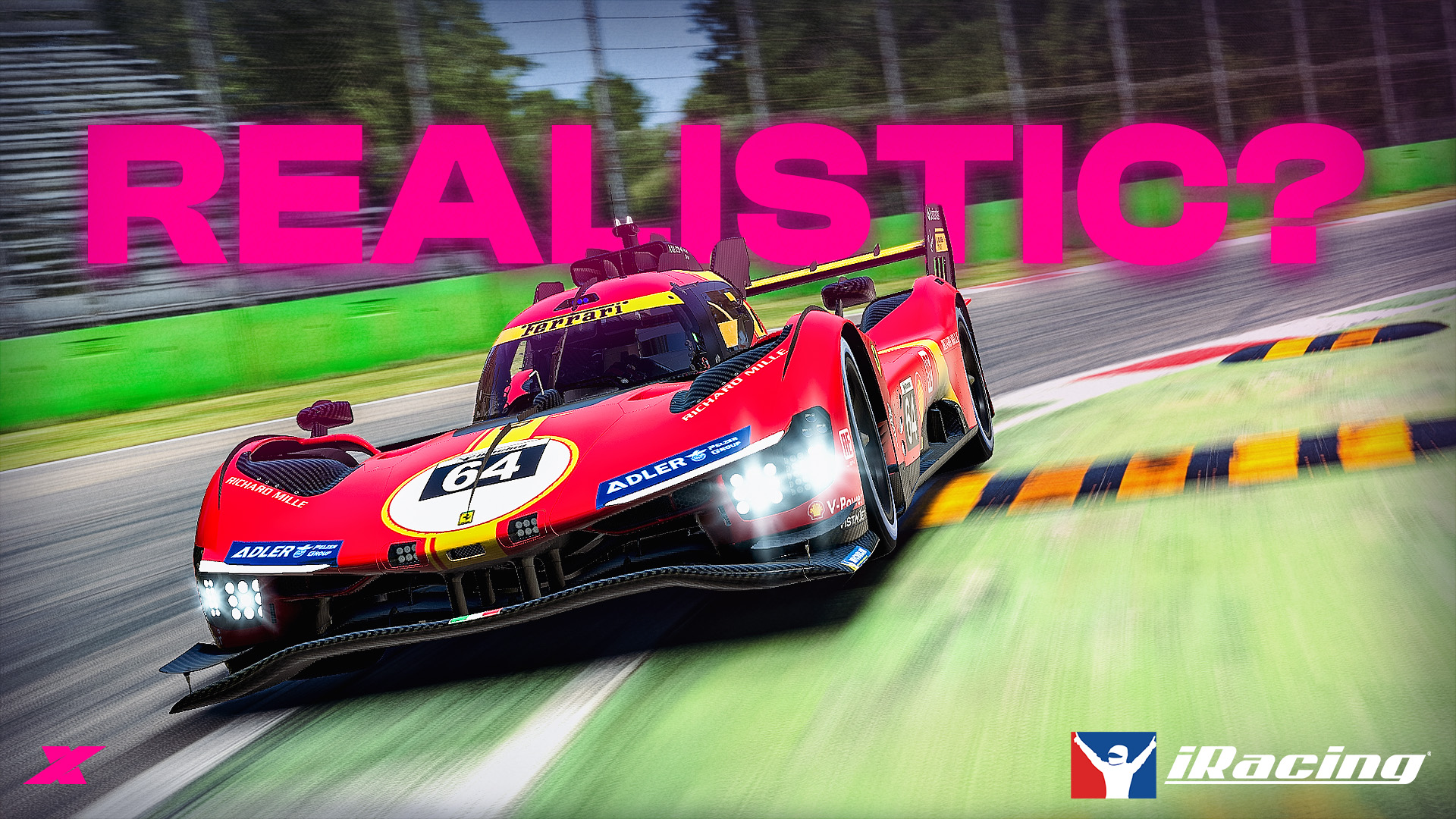
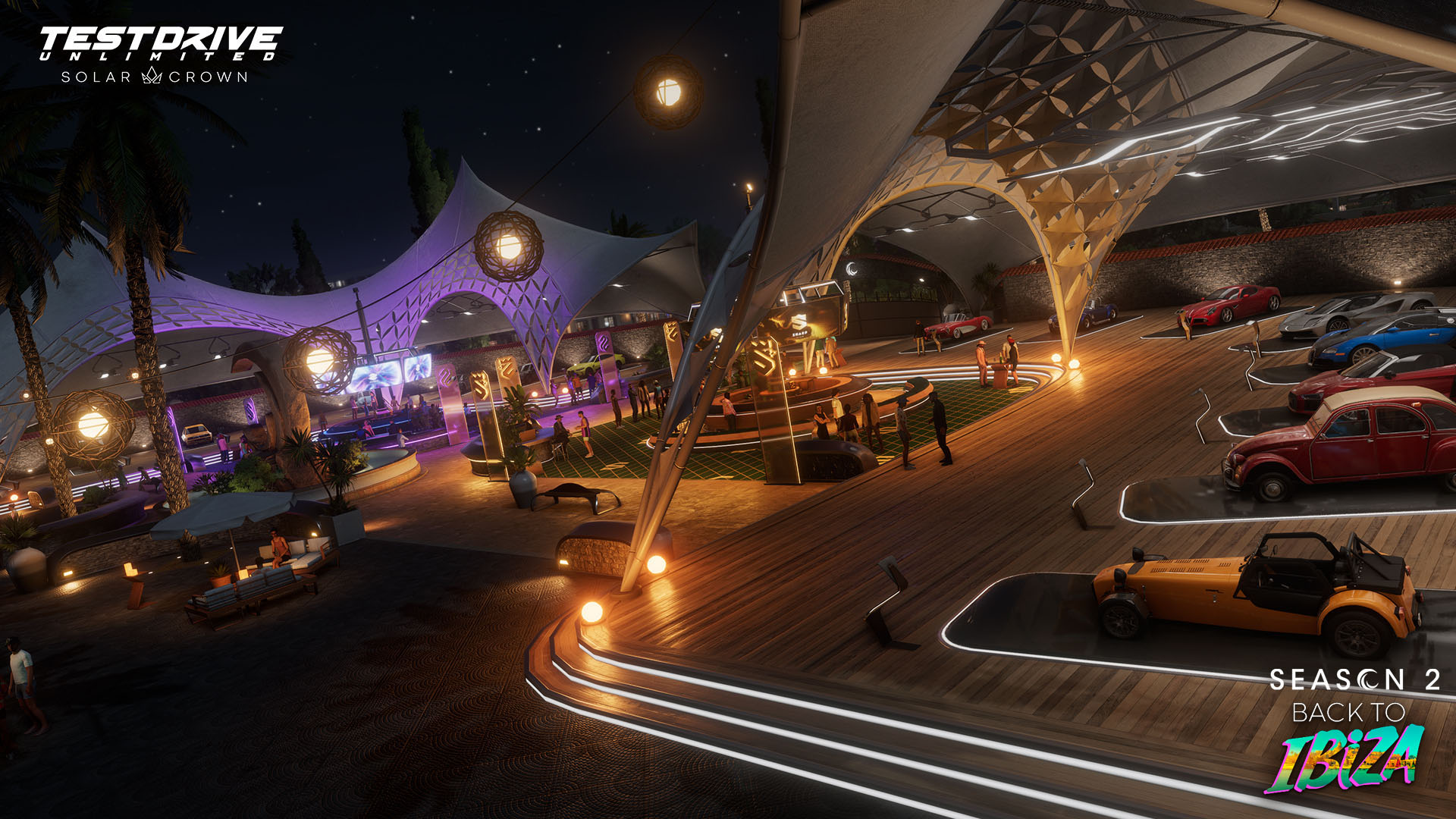


Chat with the Community
Sign Up To CommentIt's completely Free